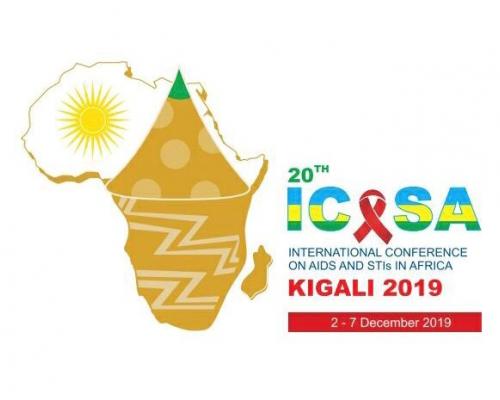Overview (Marburg haemorrhagic fever)
Marburg haemorrhagic fever (MHF) is a viral haemorrhagic fever and a virus from the same family as the one that causes Ebola haemorrhagic fever. These viruses are among the most virulent pathogens known to infect humans. Both diseases are rare, but have a capacity to cause dramatic outbreaks with high fatality rates.
Illness caused by Marburg virus begins abruptly, with severe headache and severe malaise. Many patients develop severe haemorrhagic manifestations between 5 and 7 days, and fatal cases usually have some form of bleeding, often from multiple sites.


